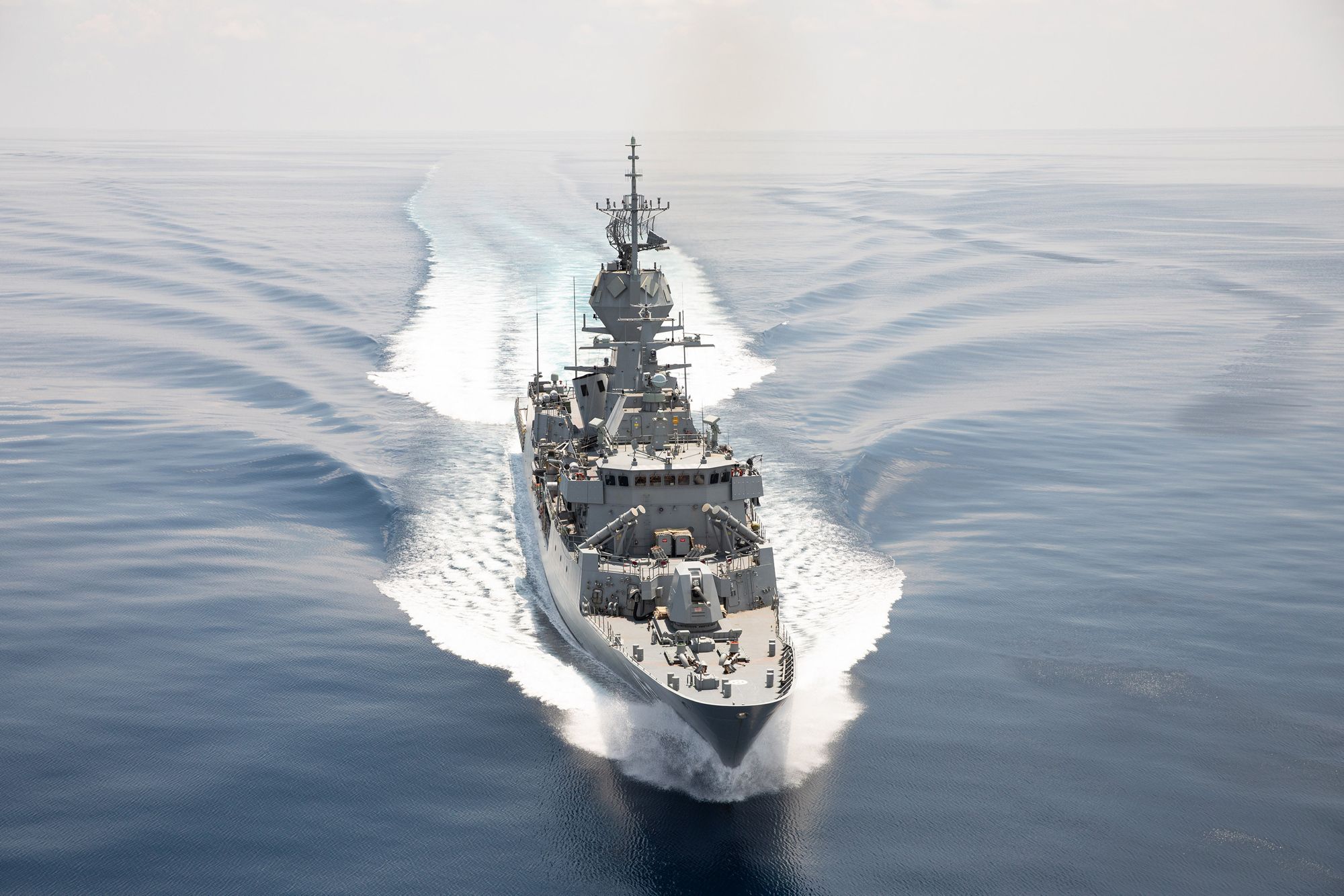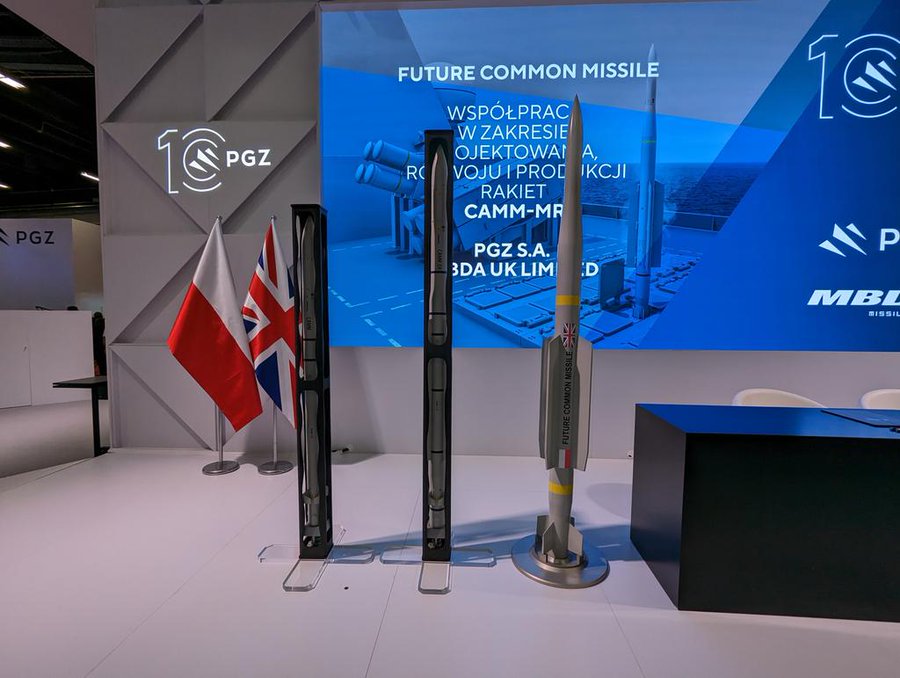Smart-S Mk2 isn't mechanical, except in that it's single-faced, so has to rotate for full coverage (just as single-faced & even double-faced AESA radars do), & not AESA, but it's not a single beam pointing in a single direction. It's a passive electronically scanning array & is able to generate multiple beams. You describe it as if it's like something from WW2....
5. Following spending NZ taxpayers $638.9m and experiencing some delay with LMC, to get an ANZAC FSU GP FFH with mechanical radar,.
... unique Sea Ceptor SAM ...
RNZN ANZACs have 2.5 times as many SAMs as when built, with longer range, & no longer dependent on illumination by the ship. I agree that 20 isn't a large number of missiles, but it's a big improvement over 8. And they don't have topweight issues.
Unique? Currently used by three navies & selected by four others. And a couple of armies. And that's not counting the ER version.








